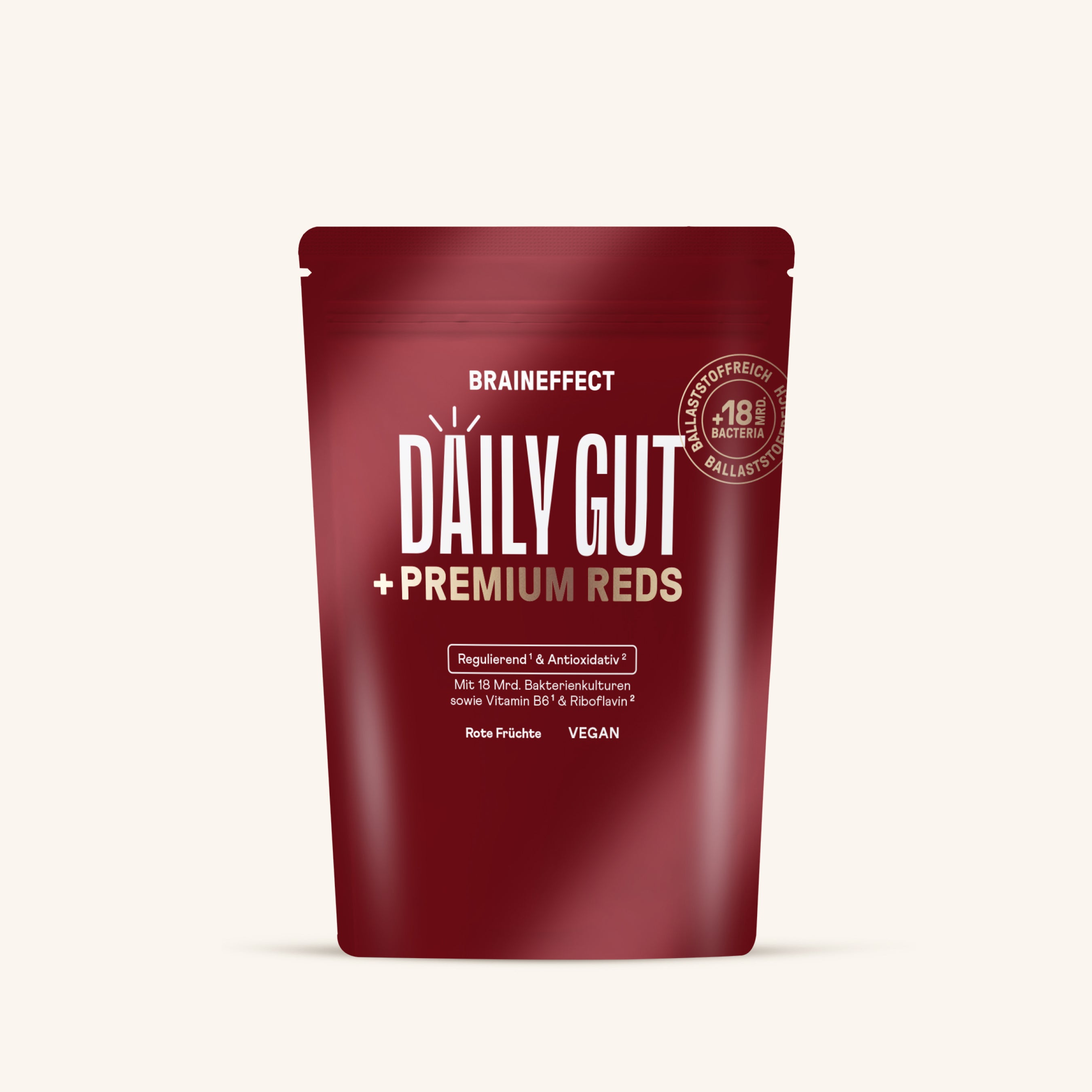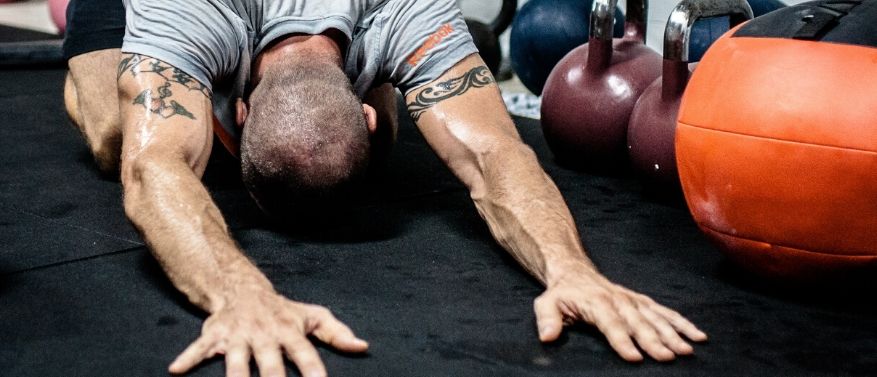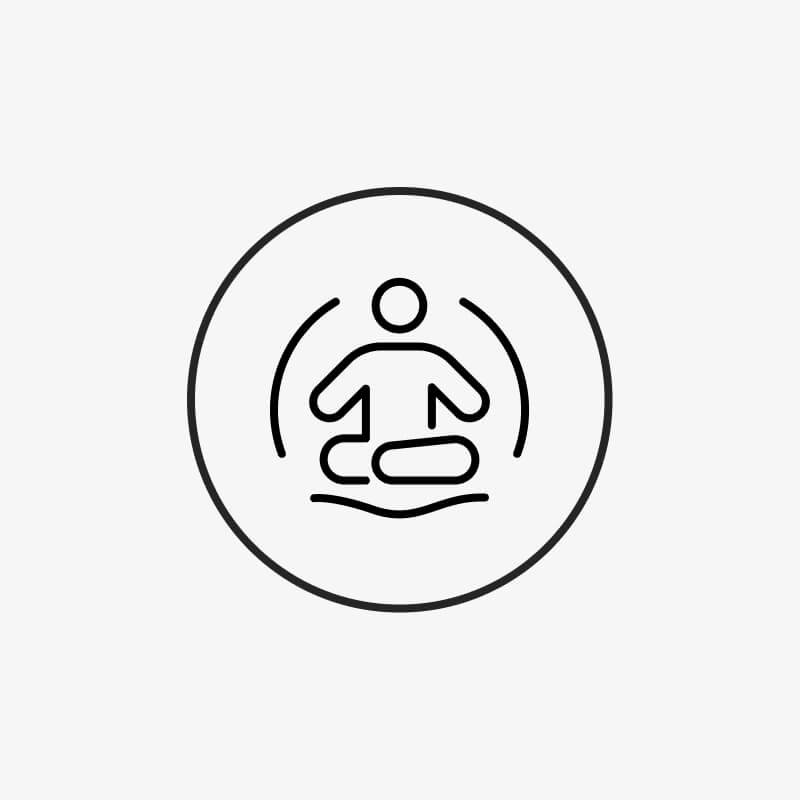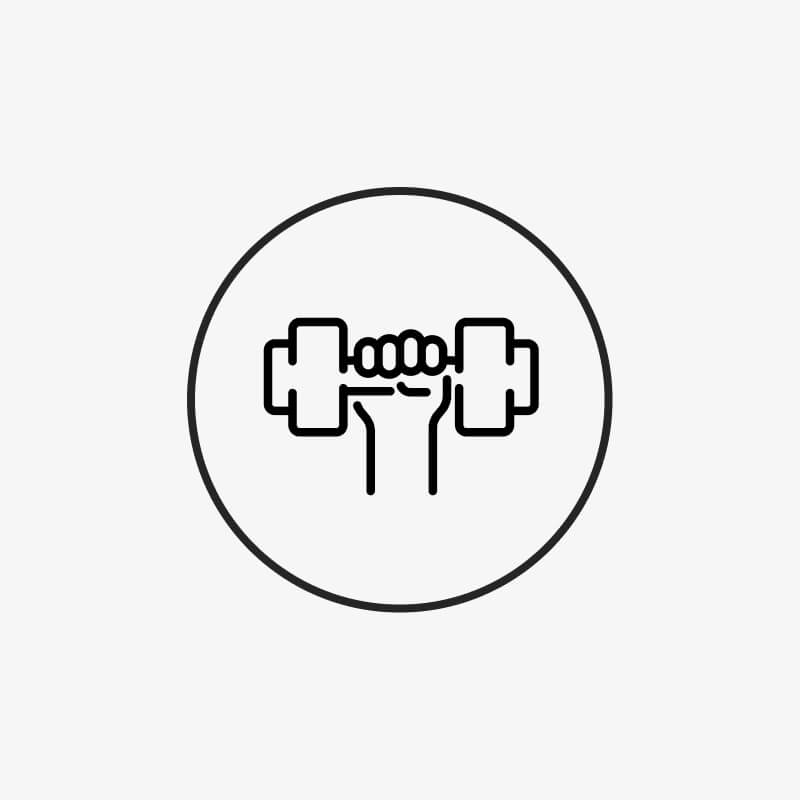Especially if you train a lot, it's essential to maintain your mobility at a good level. Learn what you need to pay attention to here.
Table of contents
1. What is meant by mobility?
Mobility stands for " movability ." This primarily depends on one factor: the gliding ability of your joints . Nevertheless, extensibility is often discussed in this context. Strictly speaking, however, a distinction must be made between mobility and flexibility [1].
While mobility refers to the active movement of the joints , the term flexibility refers more to the stretching capacity of your muscle groups . However, good mobility training should always consider flexibility as an integral component . After all, both muscle groups and joints are involved in a simple movement sequence.
Although you can improve your mobility and flexibility with targeted exercises , your range of motion is genetically determined . Some people are naturally very mobile and flexible, while others despair at even touching the floor with their fingers.
However, this shouldn't be an excuse not to work on your mobility. Everyone can improve their flexibility and flexibility and thus become more mobile overall.
2. Why is good mobility important?
In relation to your own physical experience, mobility basically means that you can move within a generous range of motion without pain and with a good feeling .
Limited mobility not only makes you significantly more susceptible to injury , but the close interaction between joints and muscles also automatically reduces your flexibility. The result of stiff or worn joints is almost always overcompensation in the surrounding muscle groups . This imbalance can, in turn, lead to muscular tightness.
Injuries can occur very quickly , especially in competitive athletes . Sometimes such problems arise from a one-sided training load focused solely on strength . However, they are often the result of pre-existing imbalances that have never been corrected.
When your mobility is good, you can perform movements very safely and with great body control . Therefore, mobility is not only an important prerequisite for your physical well-being , but also for your athletic performance [2].
As you can probably already guess, you don't have to be a competitive athlete to be interested in mobility. Sitting in the office for long periods can also quickly lead to problems . These daily poor postures cause problems for many of us. The result is often a certain stiffness , which is associated with pain and tension .

3. What types of mobility are there?
Basically there are two forms: active and passive mobility .
Active mobility means being able to perform a movement or posture through strength and coordination , i.e., through the active use of joints and muscles . Active mobility is often trained through the repetition of certain movement sequences.
Passive mobility, on the other hand, can best be improved through stretching and intensive exercises . This is not about exerting force or controlled, coordinated movements, but rather the more passive participation of the muscles .
In individual cases, injuries or limitations of the musculoskeletal system can result in active mobility being significantly worse than passive mobility . This is especially the case for strength athletes, who often suffer from extremely stiff muscles.
4. How do you train your mobility properly?
The foundation is always targeted exercises aimed at improving joint and muscle function . A training routine that combines active and passive mobility is ideal. Therefore, careful stretching should always be an important component of any mobility training .
A really good mobility training is holistic and movement-based : joint mobility and stretchability should be understood as different, but trained as working together.
During rehabilitative mobility training, neural weaknesses must also be addressed [3]. From a physiotherapeutic perspective, it is also important to correct any poor posture .
The primary focus of stretching is lengthening shortened or stiff muscles . Various stretching poses are suitable for this, primarily aimed at maintaining a steady position. With regular training, individual muscle groups can noticeably lengthen.
It's especially beneficial to incorporate twisting and stretching-intensive exercises into your daily routine . Of course, we're primarily talking about the classics: yoga and Pilates . Yin yoga is an absolute must-try for anyone who is inflexible or tense. This calm, slow style of yoga focuses on intense stretches that are held for a very long time, thus working deep into the fascia.
BRAINEFFECT HACK : A certain amount of stiffness can also be caused by dehydration. Therefore, you should always ensure you drink enough fluids, especially during and after training. Our RECHARGE also supports you by replenishing important electrolytes that you lost through sweat during training.
{{widget type="egproducts/list_productbyid2" product_id="506" img_width="250" img_height="335" template="elegento/products/productteaser_by_id_2.phtml"}}
5. Conclusion
Mobility and flexibility are important for physical well-being and good athletic performance . Only targeted and regular mobility training helps prevent overloading of individual muscles and joints.
Strength athletes and other athletes in particular would do well to have a trainer, physiotherapist or sports physician give them specific exercises tailored to their training program and integrate them directly into their workout routine.
Sports like yoga and Pilates are a good way to counteract everyday poor posture caused by prolonged sitting and other muscular imbalances. Those who are mindful of their limits and train regularly can see and feel results after just a few months. Blockages in the shoulder, back, and hip areas , as well as muscle shortening not caused by injury, can be effectively resolved this way.
6. Sources
[1] Brooks, T.; Cressey, E. (2013), Mobility Training for the Young Athlete, Strength and Conditioning Journal, Volume 35, Issue 3, p. 27 - 33, https://journals.lww.com/nsca-scj/fulltext/2013/06000/mobility_training_for_the_young_athlete.4.aspx .
[2] Moriggi, R; Berton, R.; Frota de Souza, TM; [...]; Cavaglieri, CR (2017), Effect of the Flexibility Training Performed Immediately Before Resistance Training on Muscle Hypertrophy, Maximum Strength and Flexibility, European Journal of Applied Physiology, Volume 117, Issue 4, p. 767 - 774, https://link.springer.com/article/10.1007/s00421-016-3527-3 .
[3] Spencer, T.; Aldous, S.; Williams, G.; Fahey, M. (2018), Systematic Review of High-Level Mobility Training in People With a Neurological Impairment, Brain Injury, Volume 32, Issue 4, p. 403-415, https://www.tandfonline.com/doi/abs/10.1080/02699052.2018.1429656?journalCode=ibij20














